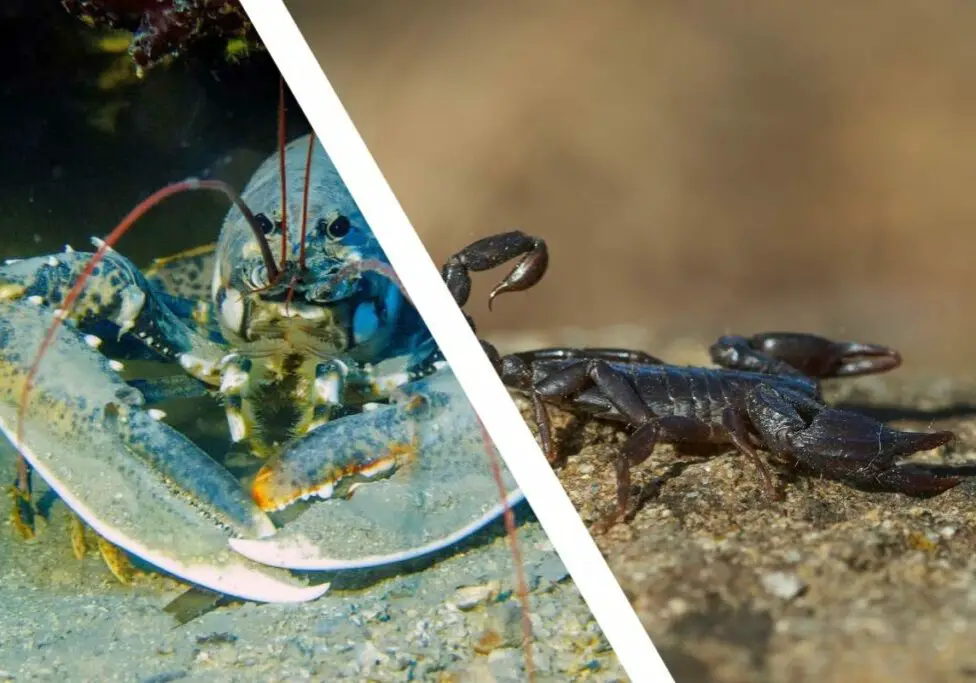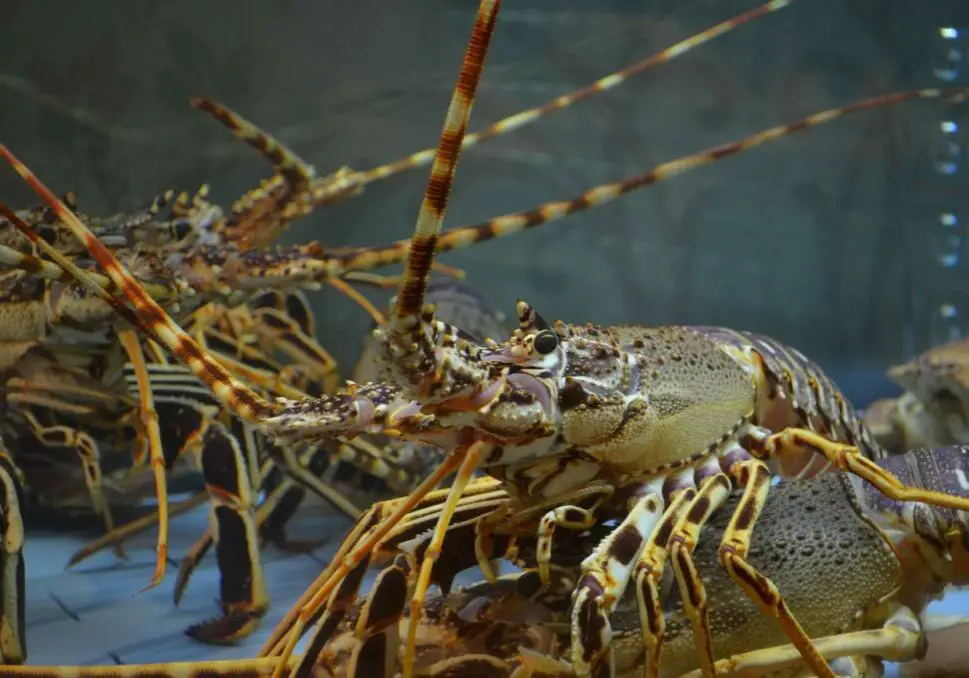How Long Do Starfish Live?
Starfish or sea stars are fascinating marine invertebrates found in every ocean in the world. If you wonder how long starfish live, in this blog post, we’ll talk all about that. However, let’s begin with a quick answer:
Starfish can live 35 years on average, however, they don’t have characteristic features that would determine their age, such as growth rings or a predictable correlation between size and age. With so many different starfish species, we don’t know the exact answer.
However, that certainly doesn’t tell the whole story. Below I’ll explain more about how long starfish live and how long they can live out of water. Furthermore, I’ll explain where they can live and why these marine creatures die. Read on!
How long do starfish live? (Explained)
There are about 2,000 different species of sea stars living in all the world’s oceans. They live basically in every tidal zone and so many different environments. Because of this diversity, it’s difficult to establish an average lifespan of the starfish.
Additionally, starfish don’t have characteristic features that would determine their age, such as growth rings or a predictable correlation between size and age. For instance, close related sand dollars, have growth rings on the plates of their skeleton that tell scientists how many years they have lived.
On top of that, starfish, like other Echinoderms, don’t have a senescence mechanism which means they don’t grow old in the way that we do. Instead, we base their life expectancy on how long they can live before something happens, like predation, starvation, or disease.
For example, sea urchins, could live to even 200 years and more! Scientists say that they’re practically immortal and die from predators attacks, diseases, or being harvested by fishermen. They don’t show signs of age and 100-year-old sea urchin is just as apt to live another year, or reproduce, as a 10-year-old sea urchin. It means that they don’t actually have a “lifespan.”
The same goes for sea stars. However, there was a study that was based on the annual production of sea star eggs compared to how long each species would have to live to produce a stable population. The studies estimated that species like L. hexactis had ten to fifteen years of life expectancy, and P. ochraceus had one of twenty-five to forty years.
How long do starfish live out of water?
Starfish cannot live out of the water, and most of them can hold their breath for less than 30 seconds. It happens because they don’t have lungs, or gills. They use their papulae (skin gills) located around their body and tube feet located underside of their body to breathe. If you’re interested in that, check out my other blog post, “How Do Starfish Breathe?”.
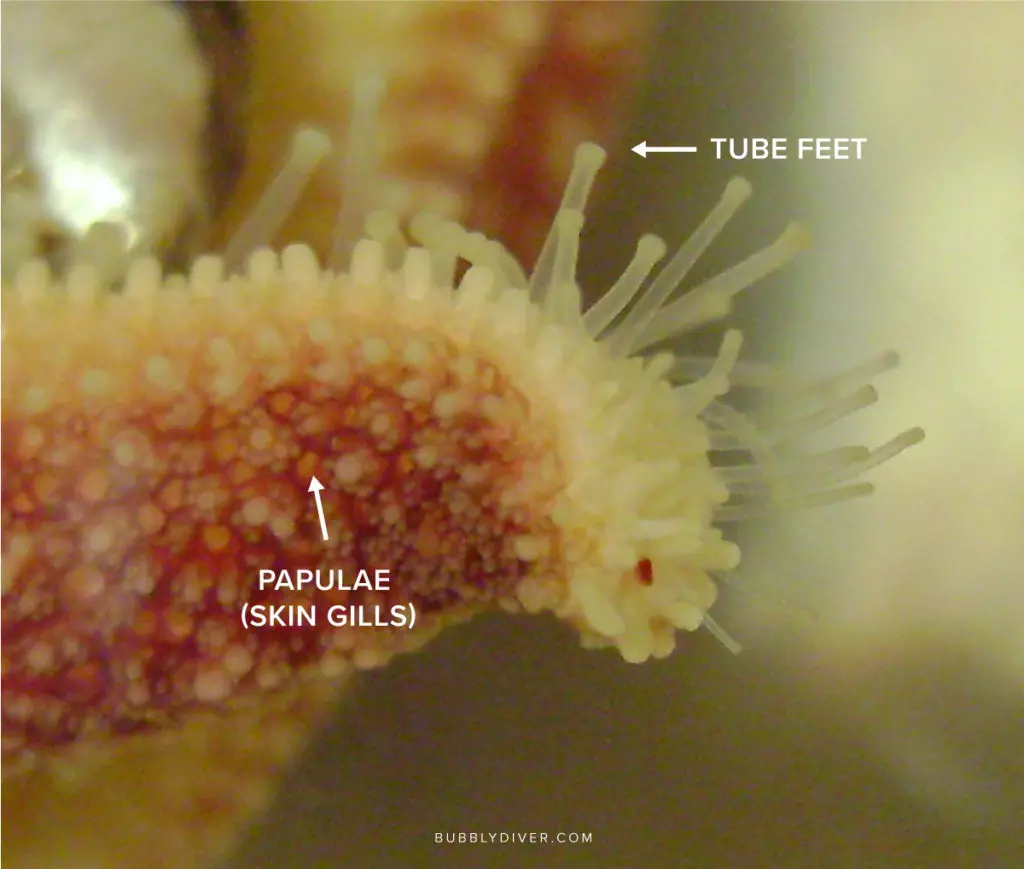
They won’t be able to absorb the oxygen that they need directly from the air. This condition will prevent the sea stars from emitting carbon dioxide and carbon monoxide from their body. It’ll lead to carbon dioxide or carbon monoxide poisoning, which will lead them to death.
It’s important to not take starfish out of the water even for a moment. Firstly, because they can’t breathe and secondly, because of chemicals we have on our skins. We can transport diseases and poison them by our natural oil, bacteria, or chemicals, such as sunscreen.
Where do starfish live?
Starfish belong to the phylum Echinodermata, and like all species from this group, they’re exclusively marine animals and can’t survive in freshwater. They live in the Pacific, Indian, Atlantic, and even the Arctic Oceans.
There are about 2,000 species of sea stars. They evolved and adapted to many different environments, such as tropical coral reefs, tidal pools, mud, sandy sea floors, kelp forests, and seagrass meadow. They can also live on rocky shores where they can hide under rocks or attach to them.
You can read more about it in my other blog post, “Do Starfish Live Under Rocks?”.
Starfish are also incredibly varied when it comes to water depth. They inhabit basically every zone, starting from the intertidal zone (seashores) to 20,000 ft (6000 m) depths. However, we have discovered only 20% of the ocean so far, so who knows what’s hiding in the dark depths 😉
Why do starfish die?
Diseases
Like many other marine animals, starfish are hosts of diseases caused by microorganisms. The sea star wasting syndrome was a disease that caused a massive die-off in 2013 and 2014 along the west coast of North America.
Symptoms of this disease include the appearance of white lesions followed by tissue decay, body fragmentation, and death, usually within only a few days. The condition is transmissible, and the disease-cause agent seems to be a virus.
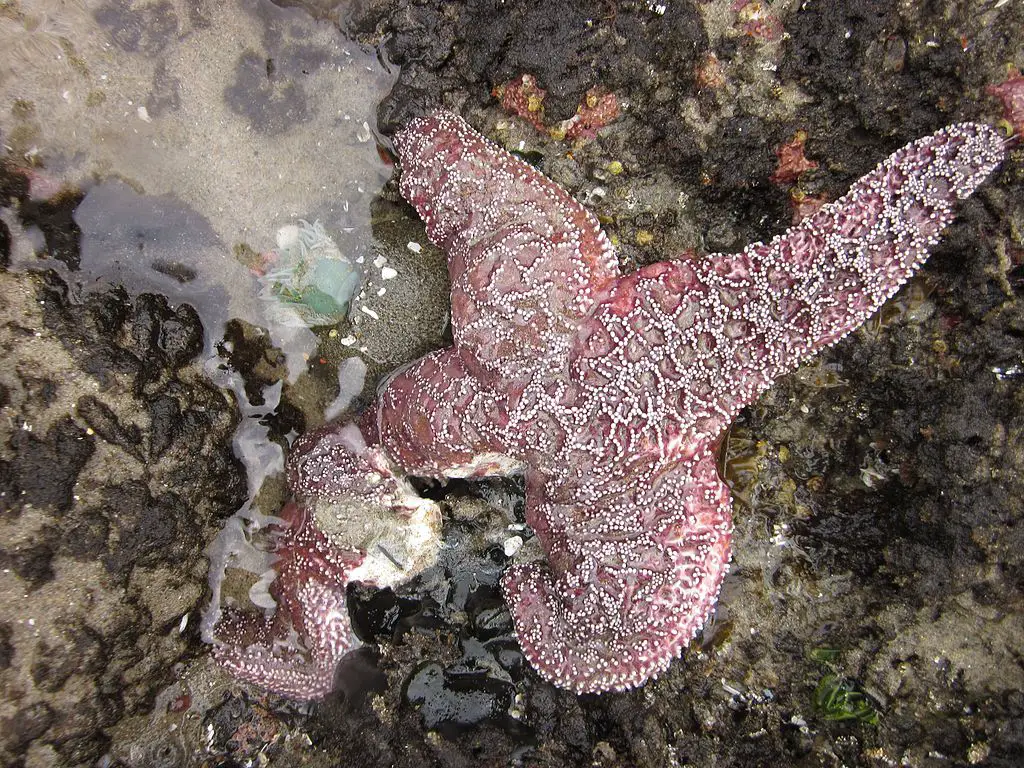
Predators
Starfish’s ability to attach tightly to rocks with suction-cup-like feet and their hard exoskeletons make them challenging to find and eat for many marine creatures. However, starfish do have several predators.
Sea stars’ common predators are fish, snails, sea turtles, shrimp, crabs, otters, birds and even other sea stars. They it starfish whole body with their mouth or flip the body upside down and eat the softer inside.
Starvation
Starfish depend on food that is around them due to their slow movements. They can move to a different location due to harsh conditions like some individuals often move down the shore or shelter locations of the UK during winter to continue to feed with less disturbance from strong waves.
However, they can’t travel long distances like whales do if there’s no enough food. Sometimes the conditions can change due weather, climate change, or lack of crucial animal species and sea stars can die from starvation.
Unfortunately, recently we can observe more and more often an ecological imbalance because of human action and global warming. According to the United Nations, marine debris affects at least 800 species worldwide, and as much as 80 percent of that litter is plastic.
Scientists estimate that up to 13 million metric tons of plastic end up in the ocean each year! That’s a garbage truckload every minute. Starfish and other marine animals ingest plastic debris, which causes suffocation, starvation, and drowning.
Sea stars’ favorite food is mollusks such as clams, mussels, and oysters. However, their favorite food is plankton, algae, and other organic matter, which, unfortunately, is mixed with microplastic. Once tiny organisms die because of starvation or by eating plastic, bigger ones will die as well.
You may also like:
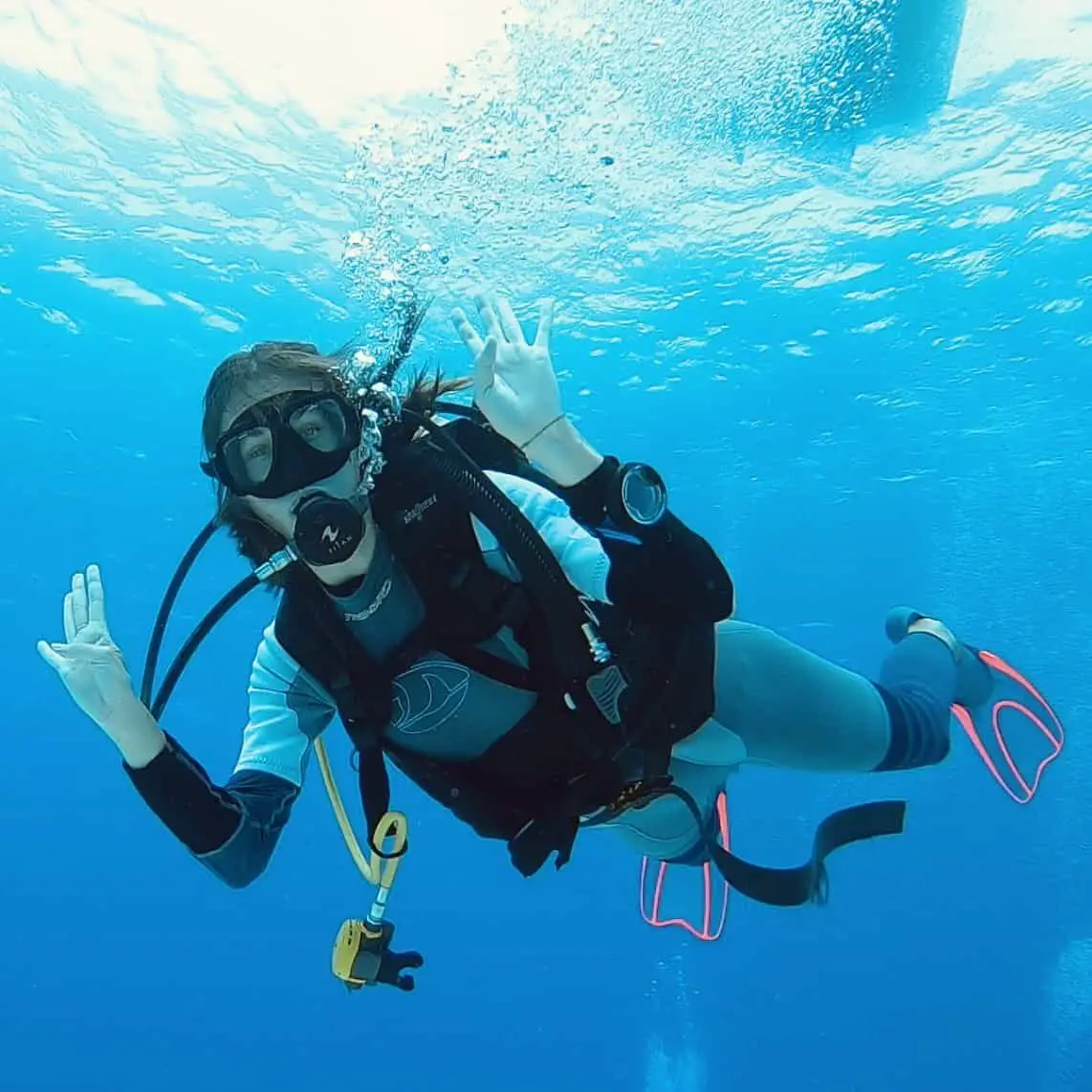
Welcome to Bubbly Diver!
I’m glad to see you here. This blog is created for all marine creature lovers by a bubbly diver - me, Dori :)

